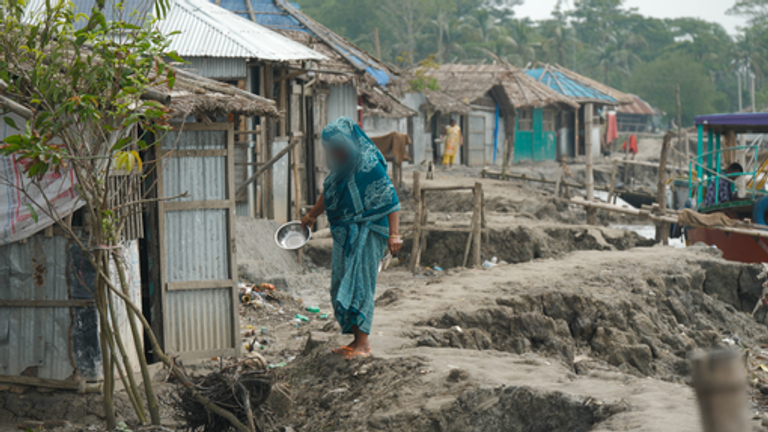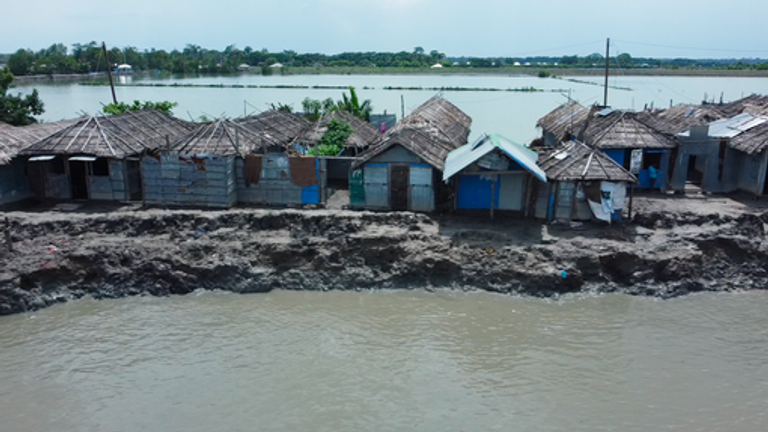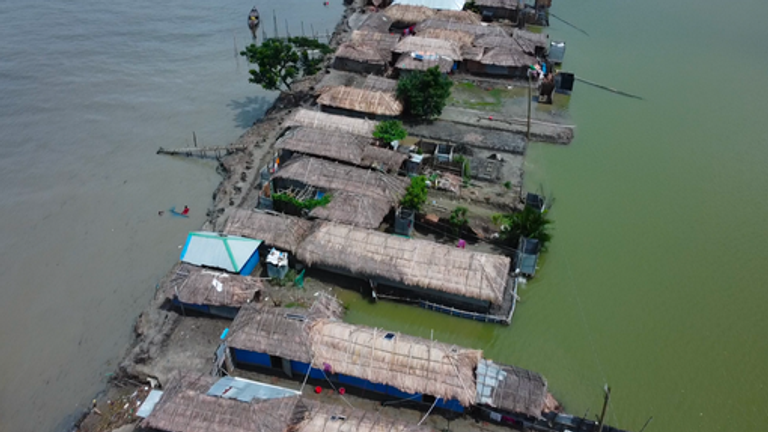CRIMINAL CAPITALI$M
Lloyds fined £90m for misleading customers about home insurance quotes

The bank has paid out £13.6m to 350,000 customers following an investigation into home insurance renewal policies.
The Financial Conduct Authority (FCA) has fined Lloyds Bank £90m for failures in communications for home insurance renewals between 2009 and 2017. The bank failed to ensure that language contained within millions of home insurance renewals communications was clear, fair and not misleading.
The fine related to communication sent to customers by four Lloyds brands: Lloyds Bank General Insurance (LBGI) Limited, St Andrew’s Insurance Plc, Lloyds Bank Insurance Services Limited and Halifax General Insurance Services Limited.
Between January 2009 and November 2017 Lloyds sent nearly nine million renewal communications to home insurance customers which included language to the effect that they were receiving a “competitive price” at renewal.
But Lloyds didn’t substantiate the “competitive price” language included in the renewal communications by taking steps to check that it was accurate. Policies were renewed in respect of approximately 87% of renewal communications containing this language.
The bank rewrote its renewal communications and began to remove “competitive price” wording from 2009 onwards, but the language remained in a substantial number of renewals communications throughout the period concerned.
The FCA says this caused a “risk of harm” for the majority of Lloyds’ home insurance customers who received the communication, because it was likely that the premium quoted to them at renewal would have increased when compared to their prior premium.
Renewal premiums offered to customers would also likely have been higher than the premium quoted to new customers, or customers that chose to switch insurance provider. This was particularly likely to be the case for customers who renewed repeatedly.
Separately, Lloyds informed about half a million customers that they would receive a discount based on either their “loyalty”, on the fact they were a “valued customer” – but the described discount was not applied and was never intended to apply.
This affected about 1.2 million renewals, with approximately 1.5 million communications sent by LGBI. The erroneous discount language was only identified and rectified by Lloyds during the course of the FCA’s investigation.
Mark Steward, executive director of enforcement and market oversight at the FCA, said: “Firms must ensure their communications with customers are clear, fair and not misleading. LBGI failed to ensure that this was the case. Millions of customers ended up receiving renewal letters that claimed customers were being quoted a competitive price which was unsubstantiated and risked serious consumer harm.”
The watchdog has not established whether individual customer behaviour would have been different had the communications in this case been clear, fair and not misleading.
The FCA hasn’t forced Lloyds to refund or compensate affected customers, but the bank has voluntarily made payments of about £13.5m to customers who received communications that erroneously referred to the application of a discount when none was applied. This has been taken into account in the assessment of the financial penalty.
Under the FCA’s new rules, which come into effect on 1 January 2022, insurers will be required to offer renewing customers a price that is no higher than they would pay as a new customer. The FCA estimates that these measures will save consumers £4.2bn over 10 years, by removing the ‘loyalty penalty’ and making the market work better.






 Image:Rising sea levels and regular flooding are chipping away at the brothel's banks
Image:Rising sea levels and regular flooding are chipping away at the brothel's banks





